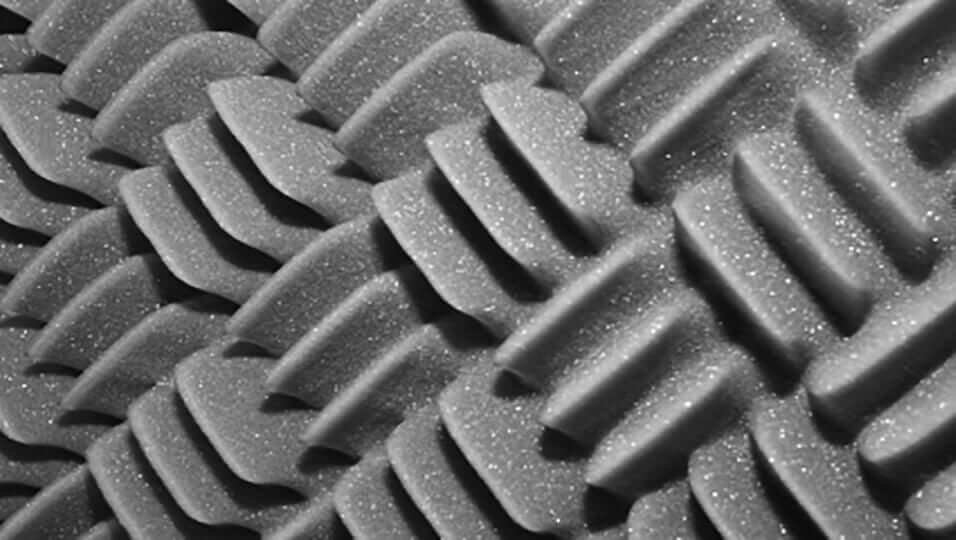
The need for soundproofing has been gaining popularity for many commercial and residential purposes. Unfortunately, doors will always be weak links for specific acoustical needs. Instead of spending thousands of dollars on acoustically sound rated doors, you can produce your own high quality sound control doors for a fraction of the price.
In most cases you only need a few tools to ensure maximum soundproofing results. Some common DIY products include drywall or fiberboard, green glue, soundproofing rubber, acoustic caulk, a door gasket and an automatic door bottom. When considering your soundproofing needs, keep three things in mind:
There are several simple and cheap methods to soundproof your doors. This would also work well for any relevant windows in the areas of desired noise proofing. If you’re working with a hollow interior wood door, sound will pass through quite easily. You may consider using a much thicker, such as a solid exterior door.
THE VARIOUS NEEDS FOR SOUND CONTROL
There are numerous reasons why acoustical control may be needed. Military, education and office environments are just a few scenarios that would require high acoustical performance. With great sound control, participants will enjoy more security, privacy and focus.
Hospital patients’ physiological health may be impacted by poor acoustical conditions. The improved conditions will help give patients and their families a deeper sense of privacy, comfort, safety and security.
Musicians are another core group that will often require quality sound proof environments. When practicing in practice rooms, band rooms, or home studios, the sound quality can hugely impact their rehearsal and focus abilities.
INSTALLING A SOUNDPROOFING DOOR SWEEP
Regardless of your current scenario, there are excellent door bottom gap sealers to cheaply soundproof. Whether you’re working on a hotel, motel, apartment building, office space or education environment, quality acoustics starts with action steps.
Before installing anything, you’ll want to make sure the door is thoroughly fitted to the frame. Inspect for any gaps or crevices that sound could pass through. Most sound proofing door sweeps will have a rubber loop carefully cut to the width of your door. For this reason, it’s important to have accurate door measurements on hand.
After ensuring you have the correct sizing, screw in the door sweep to mount it. If using a commercial metal or steel door, you’ll need to drill pilot holes first. For wood doors, mount with glue as well as the screws to avoid splitting wood. Painting over to match the doors’ finish is always a nice touch.
For additional quality control, consider purchasing a super soundproofing mat. You could use caulk and lead tape to replace molding and fill in any additional gaps. This is always better than expandable foam for thermal insulation needs. Incidentally, the foam is even worse than an airgap for sound control needs.
ADDITIONAL ENVIRONMENT PROTECTION DOOR INSTALLMENTS
If you’re looking at soundproofing your doors, you may also wish to weather proof your doors. This is a huge step in energy bill savings, especially during the chilly winter months. Much like soundproofing, you’ll want to identify the trouble spots and seal off the leakages. You’ll find many DIY supplies at your local home improvement depot store.